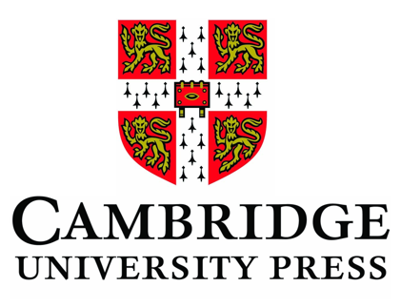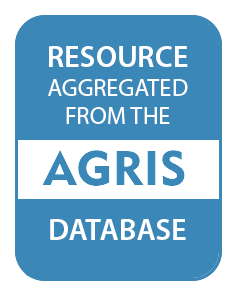Location
Cambridge University Press is part of the University of Cambridge. Our mission is to unlock people’s potential with the best learning and research solutions. Our vision is a world of learning and research inspired by Cambridge.
Our peer-reviewed publishing lists comprise over 53,000 titles covering academic research, professional development, over 350 research journals, school-level education, English language teaching and Bible publishing. This list is growing every year and spans subjects from aesthetics through to zoology, with authors ranging from Shakespeare to English language teaching author, Ray Murphy.
A pioneer in our field, we are committed to supporting innovation in learning and teaching. We publish without boundaries, ensuring our resources are accessible across the globe, in print, online and other digital formats.
We take pride in supporting community programmes across the globe. Staff are encouraged to offer practical help, advice and funding to nurture vital charitable, educational and voluntary partnerships.
Playing a leading role in today's global market place, we have over 50 offices around the globe, and distribute our products to nearly every country in the world. We publish 50,000 authors based in over 100 different countries.
Members:
Resources
Displaying 11 - 15 of 81Chemical stabilization of organic carbon in agricultural soils in a semi-arid region (SE Spain)
Land use and management, together with soil properties, determine soil organic carbon (SOC) concentration and its stabilization mechanisms. Four soils (0â30 cm depth) were studied in a semi-arid region with different uses and management regimes: two soils with olive cultivation, both under a non-tillage regime and one with a cover crop (OCC) and the other without (ONT); a fluvial terrace soil (FT) with cerealâsunflowerâfallow rotation; and an unaltered soil under natural vegetation (oak trees; OT).
Using financial incentives to motivate conservation of an at-risk species on private lands
Financial incentives have become a core component of private lands conservation programmes because of their ability to motivate stewardship behaviour. Concern exists about the durability of stewardship behaviours after payments end. Payments for performance may impact farmers' current and future engagement with an incentive programme to protect an at-risk ground-nesting grassland bird. Farmer motivations for participating in the programme, as well as their intention to continue the programme if the financial incentive no longer existed, were quantified.
Optimization of net returns from wildlife consumptive and non-consumptive uses by game reserve management
Landowners and game reserve managers are often faced with the decision whether to undertake consumptive (such as hunting) and/or non-consumptive (such as tourism) use of wildlife resources on their properties. Here a theoretical model was used to examine cases where the game reserve management allocated the amount of land devoted to hunting (trophy hunting) and tourism, based on three scenarios: (1) hunting is separated from tourism but wildlife is shared; (2) hunting and tourism co-exist; and (3) hunting and tourism are separated by a fence.
Changing livelihoods and protected area management: a case study of charcoal production in south-west Madagascar
Protected areas are usually conceived and managed as static entities, although this approach is increasingly viewed as unrealistic given climate change and ecosystem dynamics. The ways in which people use land and/or natural resources within and around protected areas can also shift and evolve temporally but this remains an under-acknowledged challenge for protected area managers. Here we investigate the factors driving a rapid rise in charcoal production within a new, multiple-use protected area in Madagascar, to inform appropriate management responses.
Identifying challenges to enforcement in protected areas: empirical insights from 15 Colombian parks
Protected areas are intended to conserve biodiversity by restricting human activities within their boundaries. However, such restrictions are difficult to enforce fully in many tropical parks. Improving regulatory enforcement requires an understanding of prevailing challenges to detection and sanctioning activities. Drawing from empirical field research in 15 Colombian parks, I show that current enforcement efforts may be insufficient to deter most priority threats.


